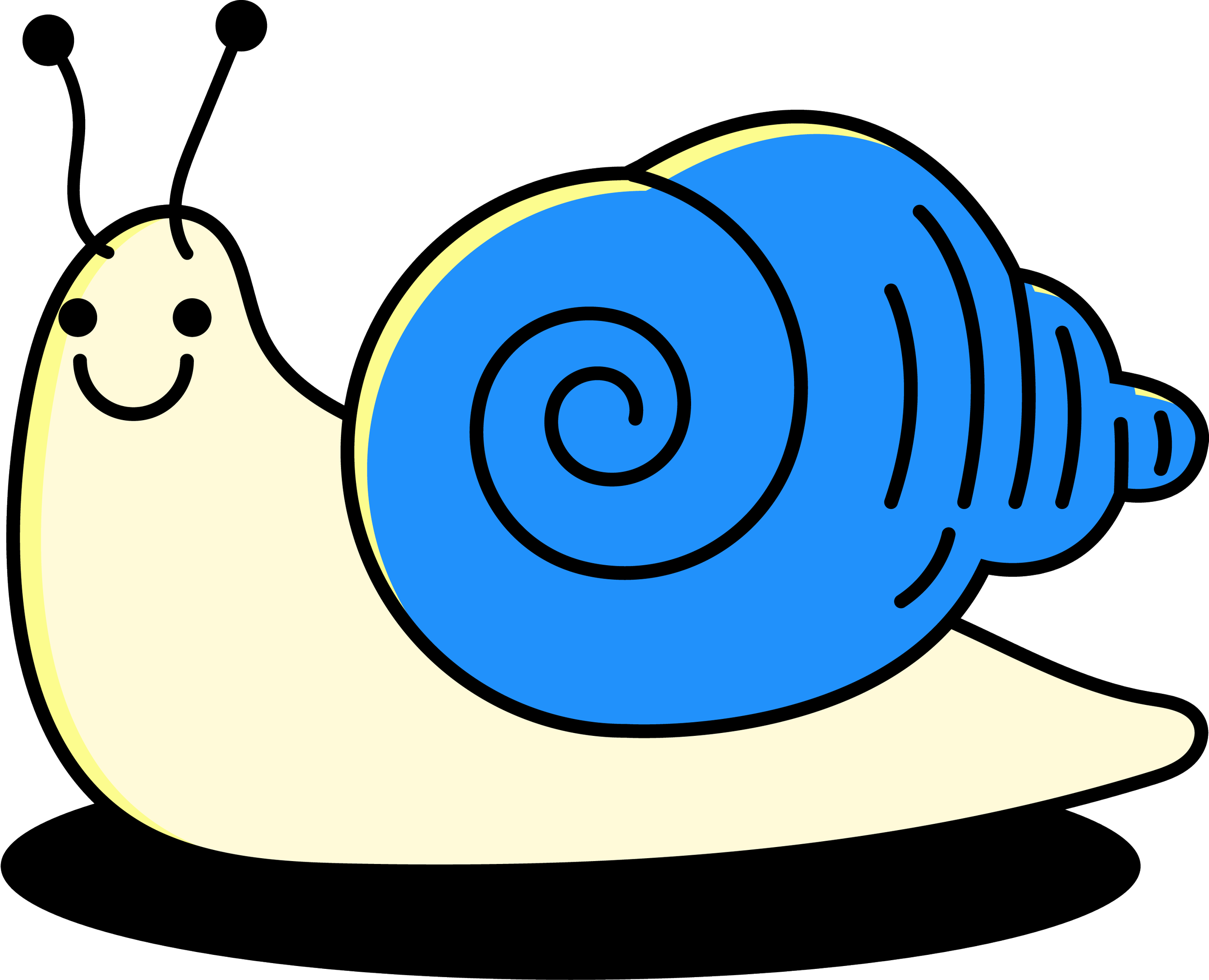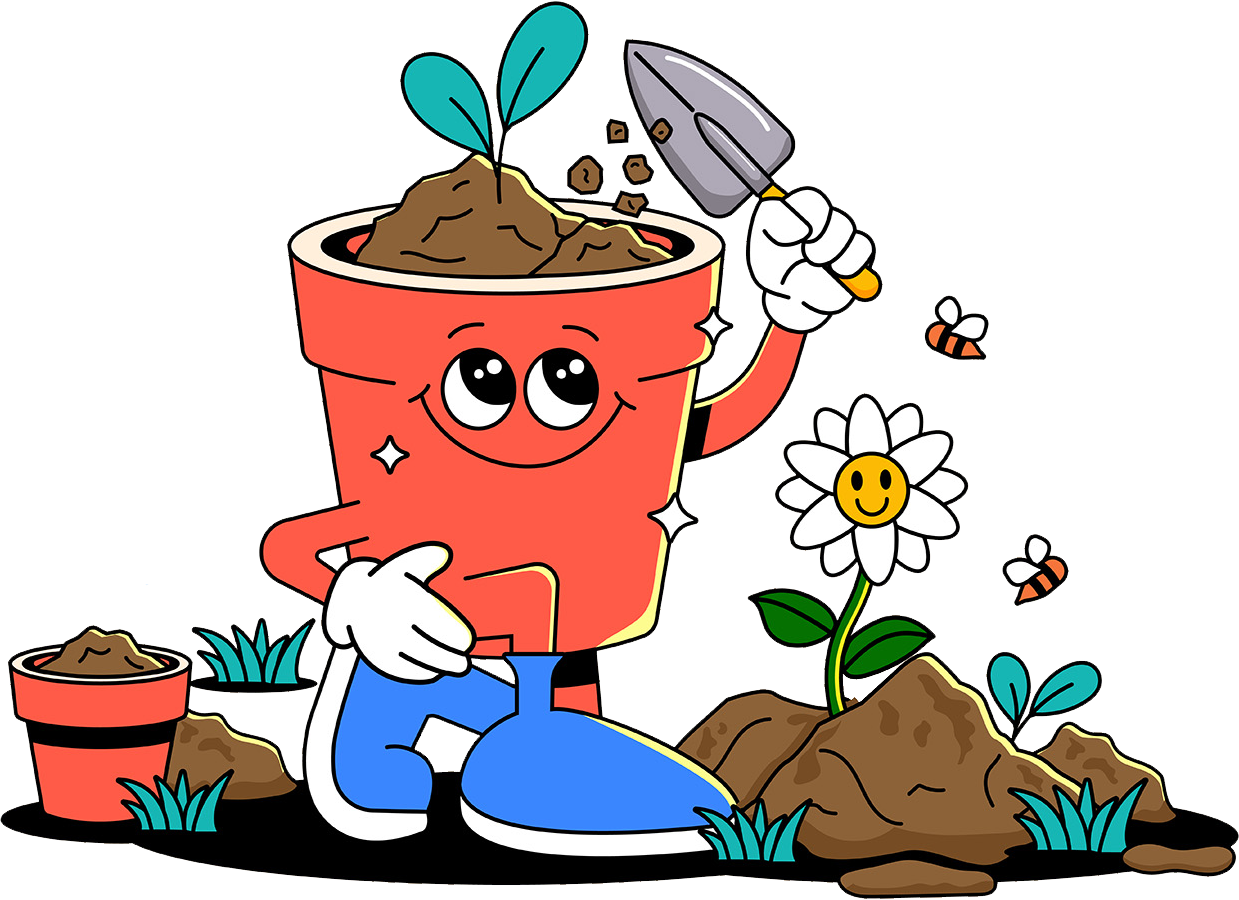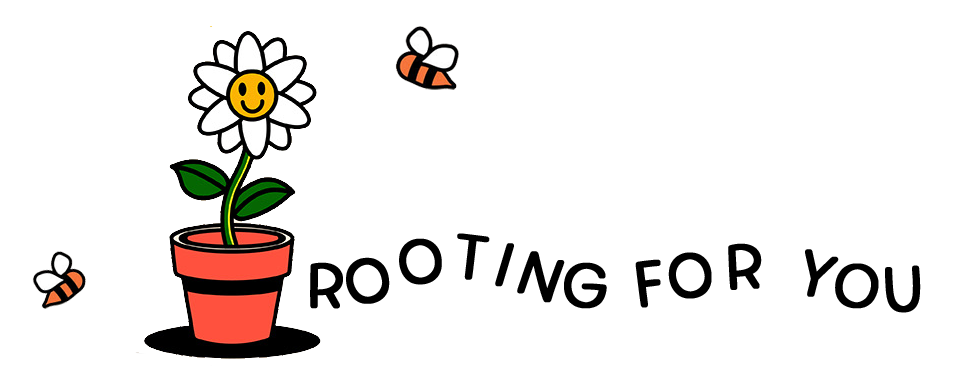low to INDIRECT SUN
Can tolerate low light conditions
☀︎ Avoid harsh sun ☀︎
Parlor palm is considered pretty easy-going when it comes to sunlight. Although it thrives in indirect sunlight, parlor palm can also survive in low light areas.
However, keep an eye out for leggy stems and consider relocating it to a brighter spot if you do!
water when dry
Water when top inches of soil are dry
Parlor palm prefers to be watered thoroughly, so give it a big gulp until water drains from the bottom. Then allow the soil to dry before watering again.
Overwatering can lead to root rot. Make sure its pot has good drainage.
Parlor palm does well in moderate humidity. Indoor humidity is typically fine, but in drier climates you may notice browning leaf tips. Consider using a humidifier every so often if you have one!
To mist or not to mist? Before you reach for the spray bottle, read The Misting Myth.
soil needs
Parlor palm digs a fluffy, well-draining mix that holds a bit of moisture without getting soggy.
When choosing a potting mix for parlor palm, look for mixes that include:
ᯓ Perlite ᯓ
Improves drainage and prevents waterlogging.
ᯓ Orchid Bark ᯓ
Adds airflow and helps keep soil from getting too dense.
ᯓ Coco Coir ᯓ
Helps hold moisture without making the soil too wet.
Common Issues
-
A possible sign of overwatering. Soil that has been overwatered can lead to root rot.
Remove affected leaves. Cut back on waterings.
If issue persists or you suspect root rot: remove from pot, trim away dead, mushy roots, and repot in fresh soil.
-
Likely caused by low humidity or tap water chemicals.
Try boosting humidity levels with a humidifier and switch to a filtered or distilled water.
Snipping Brown Tips
-
A sign of too much sunlight. Harsh rays can cause a bleaching affect to parlor palm’s delicate leaves.
Relocate it to an area with more filtered light or shade and avoid placing it in direct afternoon sun.
-
Commonly due to soil kept too dry or rootbound conditions.
Regularly check the soil moisture and water when the top few inches feels dry. Also be mindful if it’s time to repot into a slightly larger container.
Sometimes issues can be the result of a pest infestation. Make sure to watch out for these creepy crawlers:
𖢥 Scale
Pet Safe
Parlor palm is a non-toxic plant that is considered a safe plant to grow indoors or outdoors in pet-friendly spaces.











